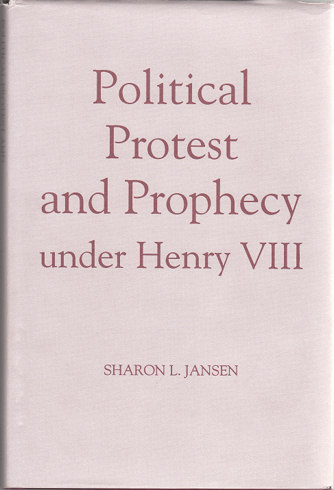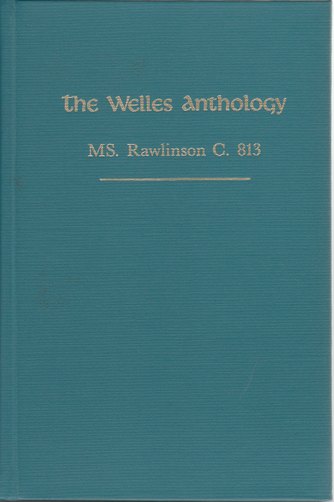Political Protest and Prophecy under Henry VIII
 In 1538 a Yorkshire vicar called John Dobson was executed for numerous “crimes and faults,” notably having prophesied that an eagle “would spread his wings over the realm,” that a crumb “would be brought low,” and that scallop shells “would be broken and go to wreck.” Dobson’s case is not an isolated incident during the tumultuous decade of the 1530s, when Henry VIII’s matrimonial crisis had become only one issue in a series of more widespread theological, ecclesiastical, social, and political controversies. In their resistance, opponents of the government cloaked themselves in the authority of reputed prophets like Merlin amd employed the ancient traditions and techniques of prophecy. In the confrontation between royal prerogative and individual conscience, political prophecies were a justification, even a mandate, for resistance to the power of the king and his government.
In 1538 a Yorkshire vicar called John Dobson was executed for numerous “crimes and faults,” notably having prophesied that an eagle “would spread his wings over the realm,” that a crumb “would be brought low,” and that scallop shells “would be broken and go to wreck.” Dobson’s case is not an isolated incident during the tumultuous decade of the 1530s, when Henry VIII’s matrimonial crisis had become only one issue in a series of more widespread theological, ecclesiastical, social, and political controversies. In their resistance, opponents of the government cloaked themselves in the authority of reputed prophets like Merlin amd employed the ancient traditions and techniques of prophecy. In the confrontation between royal prerogative and individual conscience, political prophecies were a justification, even a mandate, for resistance to the power of the king and his government.
Political Protest and Prophecy under Henry VIII examines public protest in the decade of the 1530s, focusing on cases like Dobson’s. For the first time, the historical records of those accused of spreading prophecies and the literary texts of the prophecies themselves are laid side by side so that modern readers can evaluate the interrelationsips of politics and literature in the sixteenth century.
Click here to purchase Political Protest and Prophecy under Henry VIII at Amazon.com.
The Welles Anthology: (Ms. Rawlinson C.813): A Critical Edition
 This critical edition of the lyrics and political prophecies in Rawlinson Manuscript C.813, co-edited with Kathleen H. Jordan, is now out of print, but a few copies are still available.
This critical edition of the lyrics and political prophecies in Rawlinson Manuscript C.813, co-edited with Kathleen H. Jordan, is now out of print, but a few copies are still available.
Click here to look for copies of The Welled Anthology: (Ms. Rawlinson C.813): A Critical Edition.
The Welles Anthology is volume 75 in the Medieval & Renaissance Texts and Studies series.
Click here to learn more about Medieval & Renaissance Text & Studies.
 Sharon
Sharon